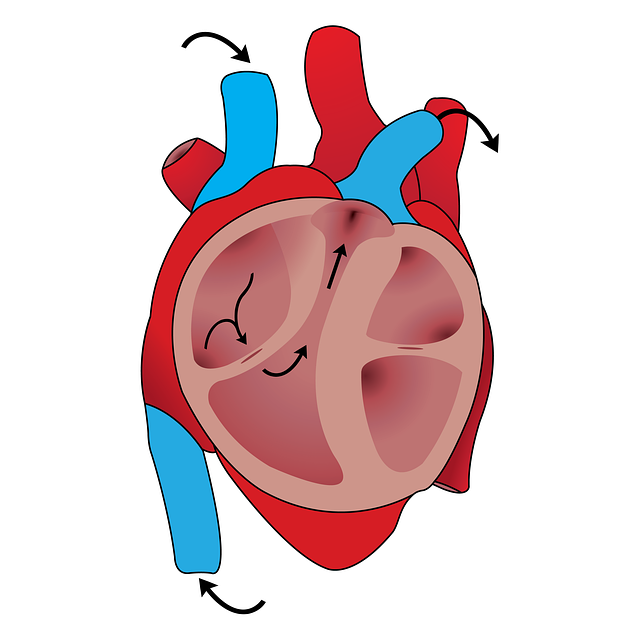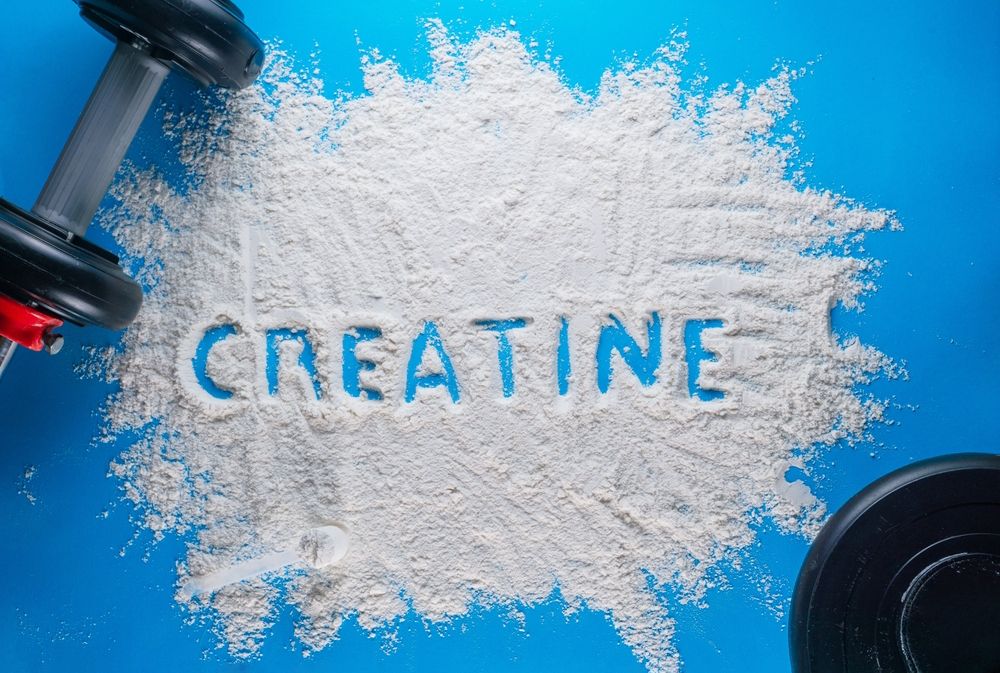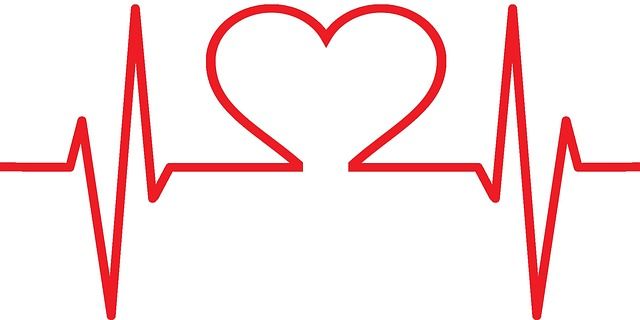Life Expectancy vs. Longevity vs. Lifespan vs. Healthspan
The modern health landscape presents a paradox: while our species has never lived longer, the gap between how long we live and how long we stay healthy continues to widen. This disconnect stems from fundamental misunderstandings about four distinct concepts that shape our journey through time: life expectancy, longevity, lifespan, and healthspan.
These terms aren’t just academic distinctions. They represent different lenses through which we can understand—and ultimately optimize—our biological potential. When we grasp these differences, we gain powerful insights into how cellular and molecular factors influence our vitality over time.
Key Takeaways
- Life expectancy reflects population averages, not individual potential.
- Lifespan represents the maximum possible years humans can live.
- Longevity encompasses both length and quality of life.
- Healthspan measures years of healthy function, often ending decades before lifespan.
Life Expectancy: A Population-Level Metric
Life expectancy isn’t what most people think it is.

When scientists and statisticians talk about life expectancy, they’re describing a population-wide average—not a personal prediction. This number represents how long a group of people born in a specific year might live, assuming current mortality rates remain constant.
Consider these current U.S. life expectancy figures:
| Group | Life Expectancy (years) |
|---|---|
| Overall | 77.5 |
| Males | 74.8 |
| Females | 80.2 |
| Non-Hispanic White | 77.5 |
| Non-Hispanic Black | 72.8 |
| Hispanic | 80.0 |
| Asian Non-Hispanic | 84.5 |
| American Indian and Alaska Native Non-Hispanic | 67.9 |
Average life expectancy at birth for different demographic groups in the United States as of 20221.
These numbers reveal significant demographic variations, but they don’t tell the whole story. Life expectancy calculations include infant mortality, accident rates, and other factors that have little bearing on an individual’s potential longevity.
More importantly, life expectancy data misses a critical factor: the quality of those years. Traditional medical metrics track how long people survive rather than how well they live. This distinction becomes crucial when we consider the cellular and molecular mechanisms of aging.
Modern science shows us that chronological survival and biological vitality operate on separate tracks. Understanding this difference opens new possibilities for extending not just survival, but actual health—which brings us to our next concept: lifespan.
Lifespan: Your Biological Timeline
While life expectancy shows us population averages, lifespan reveals our species’ biological limits.
The human lifespan represents the maximum number of years any human can potentially live under ideal conditions. This ceiling isn’t set by statistics, but rather determined by our fundamental biology, specifically the capacity of our cells to replicate and repair themselves over time.
Scientists have documented only a handful of people living beyond 115 years, with the longest verified human lifespan reaching 122 years2. This rarity isn’t coincidental—it reflects the natural boundaries of human biology.
What determines these boundaries? The answer lies in our cells. DNA damage accumulates over time. Telomeres—protective caps on our chromosomes—gradually shorten. Mitochondrial function declines. These molecular changes create a biological timeline that, until recently, seemed fixed and unchangeable.
But new research challenges this assumption. Scientists now understand that certain biological markers—including NAD+ levels, inflammatory signals, and epigenetic patterns—significantly influence how quickly we move through this timeline.
Consider this: cells from a 120-year-old and a newborn contain identical DNA sequences. The difference lies not in the genetic code itself, but in how those genes express themselves over time—a process we can now measure and, potentially, influence.
Longevity: The Science of Living Longer
Longevity transcends simple survival metrics. It encompasses the complex interplay between genetics, lifestyle, and biological processes that determine both duration and quality of life.
Modern longevity science has evolved far beyond basic life extension. It focuses on understanding and optimizing the fundamental mechanisms that drive aging at the cellular level. This shift represents a revolution in how we approach human health.
The key insight: Aging isn’t a single process but rather a collection of molecular and cellular changes that we can now measure, track, and potentially modify.
These changes include:
- NAD+ depletion in cells
- Accumulation of senescent cells
- Chronic inflammation at the tissue level
- Mitochondrial dysfunction
- Epigenetic alterations
Each of these factors represents a measurable biomarker. Through advanced longevity testing panels like AgingSOS®, we can now quantify these previously invisible aspects of biological aging. This transforms longevity from an abstract concept into a series of actionable data points.
The implications are profound. When we understand the molecular signatures of aging, we can intervene with precision. Targeted supplements, lifestyle modifications, and other interventions can be fine-tuned based on individual biomarker profiles rather than general guidelines.
This data-driven approach to longevity sets the stage for understanding our next concept: healthspan, the true measure of successful aging.
Healthspan: Your Quality of Life in Old Age
Raw longevity numbers tell only part of the story. Healthspan measures the years you thrive, not just survive.
The concept of healthspan shifts our focus from counting years to measuring vitality. It represents the period of life when biological systems function optimally, supporting physical activity, cognitive clarity, and emotional wellbeing. Yet many people don’t know their true biological age or how it differs from their chronological age.
Consider two 60-year-olds: One might have the biological markers of a 45-year-old, while another shows patterns typical of a 75-year-old. This difference reflects their healthspan status and directly impacts their quality of life. The average person spends their final 20 years managing declining health rather than living life to its fullest. This gap between healthspan and lifespan represents one of modern medicine’s greatest challenges.
Key indicators of strong healthspan include:
- Sustained physical mobility and strength
- Robust cognitive function and mental clarity
- Strong immune system performance
- Efficient metabolic health
- Consistent energy levels throughout the day
This is where epigenetic testing becomes invaluable. Jinfiniti’s AgeRate epigenetic age test examines DNA methylation patterns across more than 10,000 sites in your genome. This comprehensive analysis reveals your biological age, offering insights far more meaningful than the number of candles on your birthday cake.
The goal isn’t just extending life but expanding the period of optimal health. Identifying “subhealth” conditions early through epigenetic testing allows us to address declining function before it impacts quality of life.
Looking Forward: The Future of Human Longevity
Scientists are uncovering new possibilities for extending human healthspan and lifespan that seemed like science fiction just decades ago.
Early research suggests we might one day “rejuvenate” tissues while maintaining their specialized functions through epigenetic reprogramming3. This could transform how we think about aging itself.
Artificial intelligence is already accelerating longevity research4. Machine learning helps identify aging patterns and predicts which interventions might work best for different individuals. This personalized approach could revolutionize how we tackle age-related decline.
Senotherapeutics and enhanced mitochondrial function represent other promising frontiers5. These developments target aging at its cellular roots rather than just treating its symptoms.
The future of longevity science isn’t about treating individual diseases. It’s about fundamentally altering the aging process itself. While many of these technologies remain in development, they signal a shift toward a future where extended healthspan becomes the norm.
Referenced Sources
- https://www.cdc.gov/nchs/data/vsrr/vsrr031.pdf ↩︎
- https://gero.usc.edu/cga/superagers/the-worlds-longest-lived/ ↩︎
- https://www.nature.com/articles/s43587-023-00539-2 ↩︎
- https://www.frontiersin.org/journals/aging/articles/10.3389/fragi.2023.1057204/full ↩︎
- https://www.bmbreports.org/journal/view.html?doi=10.5483/BMBRep.2019.52.1.293 ↩︎
















